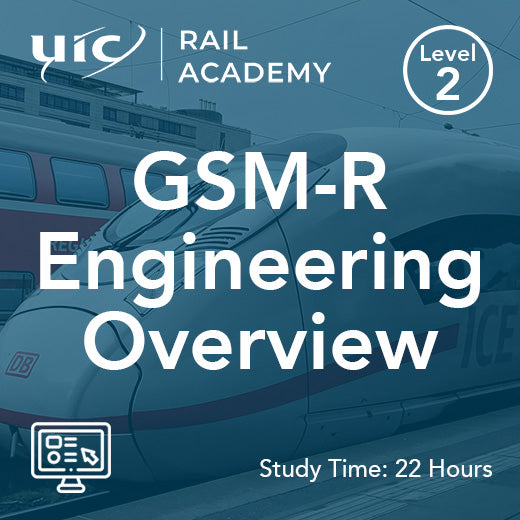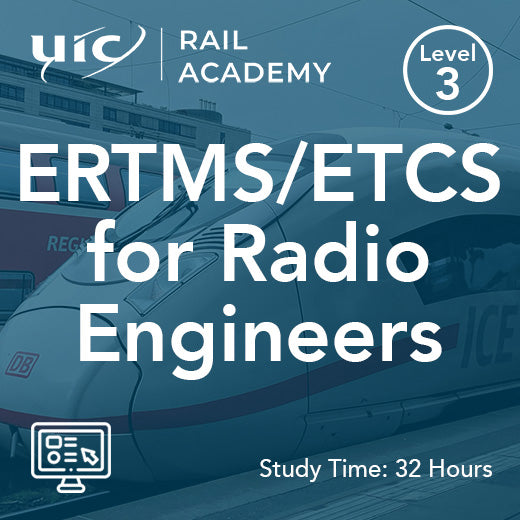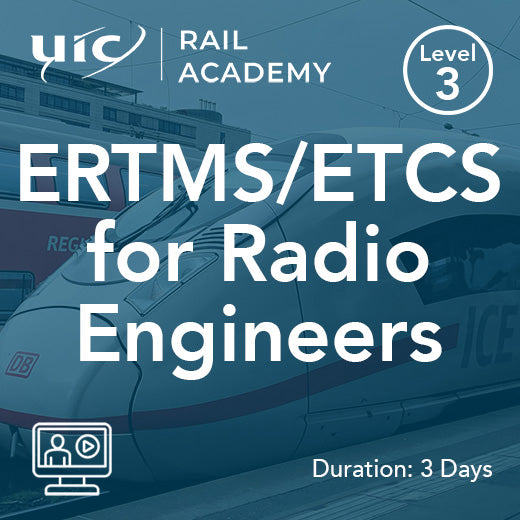ETCS (European Train Control System)
- , di Paul Waite
- 2 tempo di lettura minimo
The European Train Control System (ETCS) is a standardized signaling and control system used in the rail industry across Europe to ensure the safe and efficient operation of trains. ETCS represents a significant advancement in railway technology, offering a harmonized approach to train control that enhances interoperability between different rail networks and promotes a seamless flow of traffic across borders.
ETCS is designed to replace the traditional trackside signaling systems with a more modern and flexible solution that leverages digital technology to monitor and control train movements. By using a combination of continuous train positioning, radio communication, and automatic train protection, ETCS enables real-time supervision of train operations and facilitates precise control over train speeds and braking distances.
One of the key benefits of ETCS is its ability to improve the overall safety of railway operations by reducing the risk of human error and minimizing the potential for accidents. The system continuously monitors the position and speed of trains, automatically applying brakes or issuing warnings if a train exceeds speed limits or approaches a red signal. This proactive approach to safety helps to prevent collisions and derailments, making rail travel safer for passengers and employees.
In addition to enhancing safety, ETCS also offers significant operational advantages for railway companies. By standardizing signaling and control systems across Europe, ETCS simplifies the process of cross-border operations and reduces the need for costly and time-consuming adaptations when trains move between different countries. This interoperability not only improves the efficiency of rail traffic but also opens up new opportunities for international freight and passenger services.
Furthermore, ETCS supports the implementation of advanced train control functionalities, such as automatic train operation (ATO) and driver assistance systems, which can help to optimize train performance, reduce energy consumption, and enhance the overall capacity of railway lines. These features enable railway operators to deliver a more reliable and customer-focused service, meeting the growing demand for sustainable and efficient transportation solutions.
As the country seeks to modernize its rail infrastructure and improve the performance of its railway network, the adoption of ETCS represents a strategic investment in the future of rail transportation. By implementing this cutting-edge technology, rail operators can benefit from improved safety, enhanced interoperability, and increased operational efficiency, positioning the country as a leader in the development and deployment of innovative rail systems.
In conclusion, the European Train Control System (ETCS) is a transformative technology that is revolutionizing the way trains are controlled and monitored in the country and across Europe. By embracing ETCS, the rail industry can unlock a wide range of benefits, including improved safety, enhanced interoperability, and increased operational efficiency, paving the way for a more sustainable and customer-focused railway system.






















